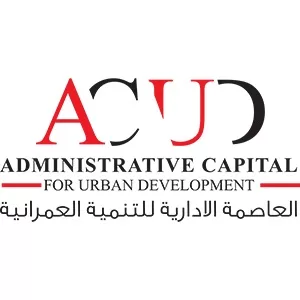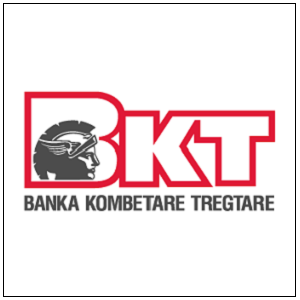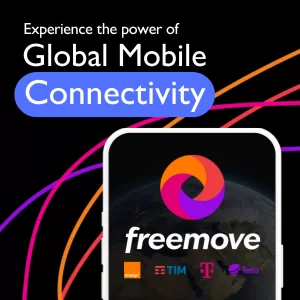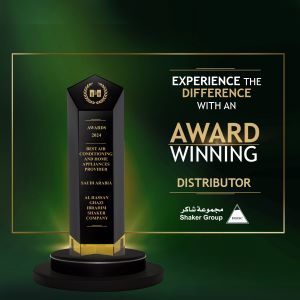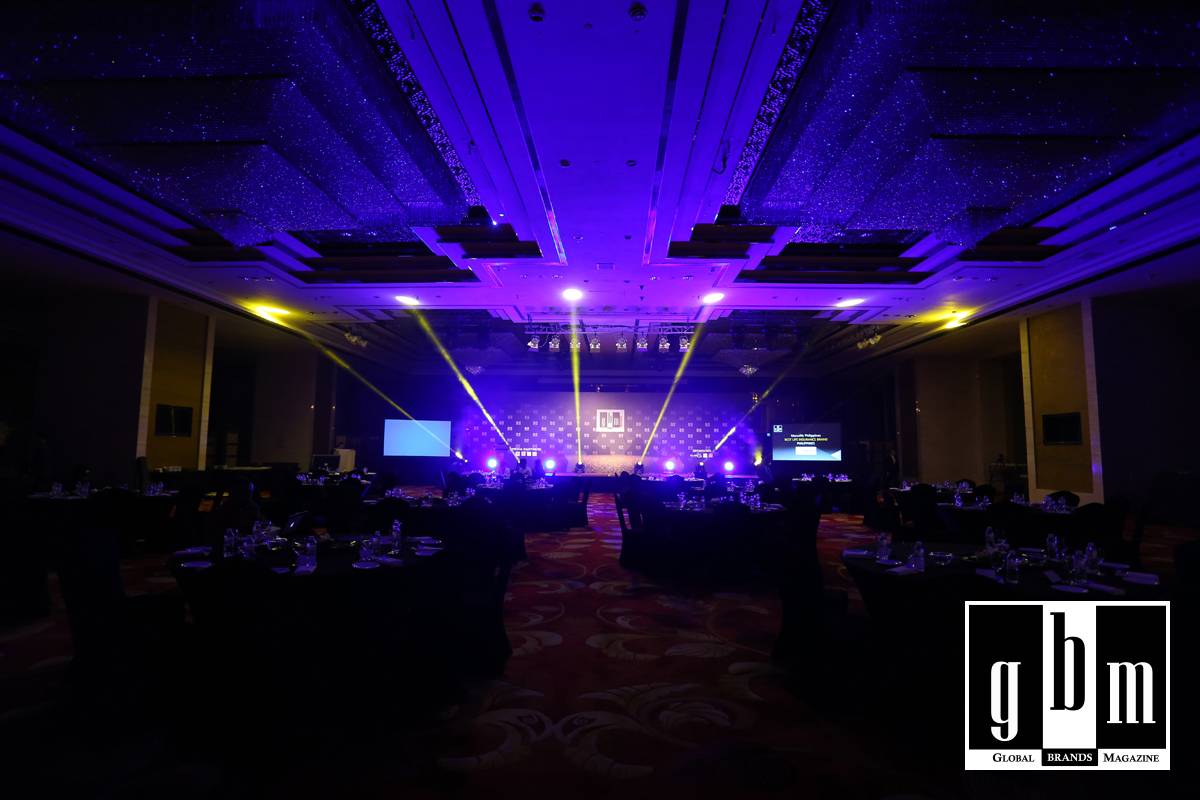Technology
Apple Partners with Alibaba to Power AI Features in China

- In an official statement released by Apple Inc., the company offers the argument that within China, the use of the TikTok app has been effectively managed and within the limits by way of all available App Stores, excluding of course those that are hostile.
- Mogg may find himself on the receiving end of raised eyebrows in the House of Commons when and if his opposition leaders ask how licensing back home is any different from the state-controlled software in the Chinese market.
Apple, in a manner of strategic growth, collaborated with Chinese technology behemoth Alibaba to include artificial intelligence in all the iPhones sold in China. Home This represents a move by Apple to develop relations within the Chinese market by adhering to the laws and providing great technology experiences to the customers there.
Apple’s AI Strategy in China
Since AI is being incorporated as a central technology in smartphones, Apple is looking to upgrade its AI features worldwide. However, with strict restrictions on foreign AI models by the Chinese authorities, applications like Apple’s would have faced difficulty. This is essentially how the Cupertino-based giant struck a deal with Alibaba, whereby the latter would have teamed up with them to help sustain AI-powered features within iPhones in China without crossing the digital laws of the Communist state.
Because Alibaba is known for its formidable products on cloud computing and AI models, it is prepared to provide the AI backbone for Chinese iPhones. Apple has followed this up in response to growing interest in AI applications supplemented by capabilities in voice recognition, smart recommendations, and real-time translation, increasingly popular with Chinese consumers.
Alibaba’s AI Edge
Alibaba’s AI technology primarily developed under the cloud-computing division has recorded discrete but appreciable progress in the AI landscape of China. The AI model of the company in question is already used in numerous business and consumer applications involving natural language processing and machine learning. That partnership with Apple should for sure serve as a trigger for the showcasing of Alibaba’s capabilities in the realm, thereby contributing to an iPhone sales drive in China.
Inspiringly, Daniel Zhang, who serves as the Chairman of Alibaba, corroborated the partnership, vowing that the AI would integrate Alibaba’s AI models to speak to the Chinese iPhone users’ positive user experience. In a nutshell, the drive is aimed at capturing catalyst status for Alibaba within the AI adoption landscape that is poised to take off in the mobile industry of China.
Compliance with Chinese Regulations
Well, it seems that Apple has turned to Alibaba to fulfil this strategic need with recently established rules that barely make provision for any presentation of foreign models of AI. Even so, employing the services of Alibaba ensures that Apple’s iPhone maintains a presence in the Chinese market while respecting local laws about data.
The AI laws imposed by China are designed to ensure that tech giants in this country make use of locally ratified AI solutions, thereby creating obstacles for foreign companies with private AI models. In this regard, Apple found its way around this regulatory snag through its association with Alibaba and the access it received to a heavily built AI ecosystem specifically meant for Chinese consumers.
Implications for Apple’s Market Presence
China continues to stand as Apple’s strong ground; however, Chinese smartphone players like Huawei and Xiaomi are putting intense pressure through competition. With its partnership with Alibaba, Apple may maintain its business stand in China with AI-based features developed to keep up with local competition. While the development also indicates Apple’s readiness to work with Chinese tech firms wherein it can remain relevant in a highly competitive market, with Alibaba’s AI, the two together would give Apple great brand value in the minds of their consumers satisfying them with seamless intelligence.
What to Expect in the Future:
If the Apple and Alibaba partnership underscores the growing commitment to AI by the smartphone companies, it also tells of the need to adapt to regional regulations. As mobile devices move toward normalising AI applications, great steps in shaping the future of Chinese tech companies can also be taken in that direction.
Thus, Apple gets most of its income from China as it opens a door to deal with global tech giants on how they may cleverly avoid local regulatory challenges through strategic partnering. As this technology progresses, it is these collaborations that will define the future generation of smart gadgets.




